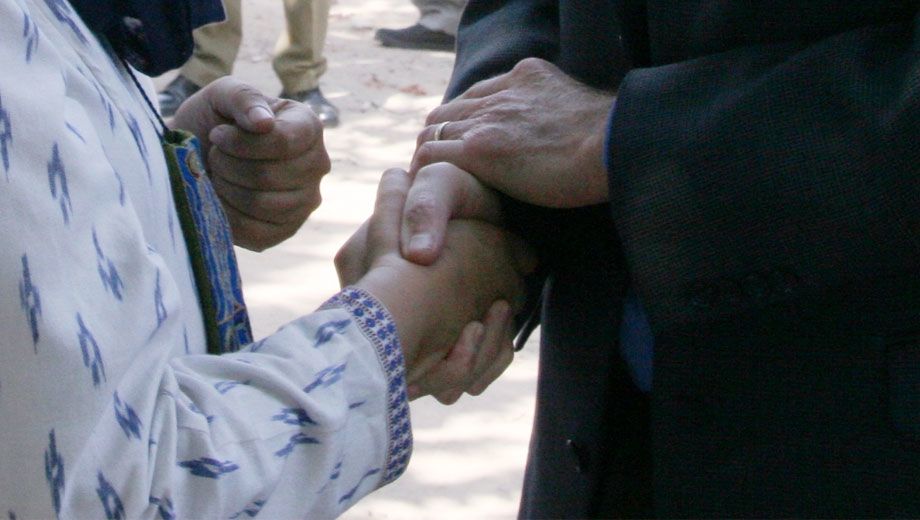A bow, a kiss or a handshake: how to greet overseas business contacts

Customs and etiquette for meeting and greeting colleagues and counterparts from other cultures vary widely across the world.
On the one hand, savvy business travellers find it useful to fit into other cultural situations. On the other, it's important to avoid cringeworthy displays of cultural insensitivity, no matter how well-intentioned.
The trick is to know what to expect, but to be predictable yourself.
It's unlikely that your Japanese business contacts will expect you to know the intricacies of bowing on your first visit. They'll be prepared for you to conduct yourself like a Western businessperson, not a Japanese one.
If in doubt: shake hands the way you normally would. Unless you're familar with the cultural associations of other forms of greeting, you risk coming across somewhere between clueless and pandering.
We've put together some specific pointers for countries and regions with a high presence of Australian business travellers.
Japan
Bowing is seen as a quintessential part of Japanese culture, and in many ways it is. The intricacies of interpersonal respect, however, are confusing to many business travellers.
Follow your colleagues' lead, and consider settling for a handshake instead -- and in Japan, these tend to be lighter than a paw-cracking squeeze.
China
Expect handshakes in China to be lighter and longer than in the West, and remember that there are different cultural expectations about maintaining eye contact.
Whereas in the West it's considered a bit shifty to drop eye contact, it comes across as aggressive in China to keep your eyes fixed on your counterpart.
India
Handshakes are common in corporate settings, especially in the major metropolises. Bowing is rare outside rural areas or particularly traditional settings.
The Middle East and North Africa
Handshakes in the Middle East are almost always longer than in the West, with a similar pressure to Western greetings.
Follow the lead of your business counterpart in dropping the handshake, and generally avoid being the first person to drop pressure.
Southern and Western Africa
While South African business etiquette is similar to Australian practice, other countries have different norms.
Expect a longer, lighter handshake using less energy, and don't be surprised by gestures like a finger snap as the hands part, especially in western African countries.
South America
Across most of Latin and South America, handshakes are lighter and longer than Australians might expect. Avoid being the person to pull away first unless the handshake has gone on forever, or you might come across as rude.
France
The French shake hands and often kiss cheeks as well. Entire doctoral theses have been written about how many kisses French people use to greet each other. It's between one and four, depending on where you are. (Here's a helpful map.)
Take your counterpart's lead here. If she or he leans in for an air-kiss or two, follow suit.
The same applies in much of the rest of the Francophone world, especially in French-speaking areas of Western Europe.
Hi Guest, join in the discussion on A bow, a kiss or a handshake: how to greet overseas business contacts